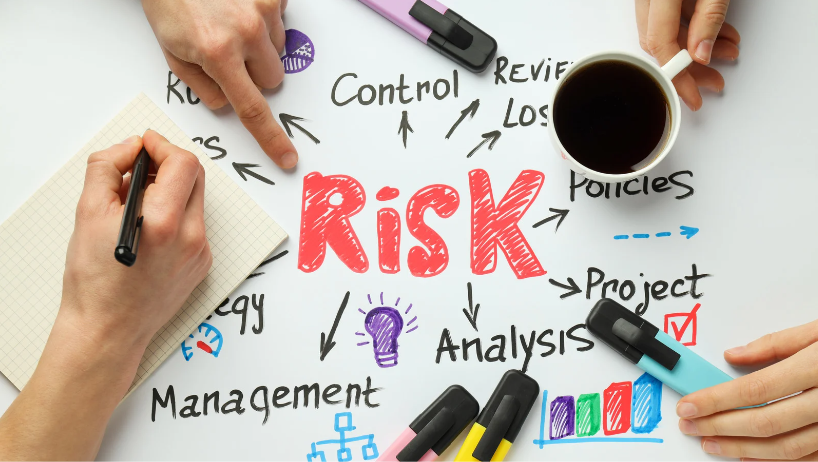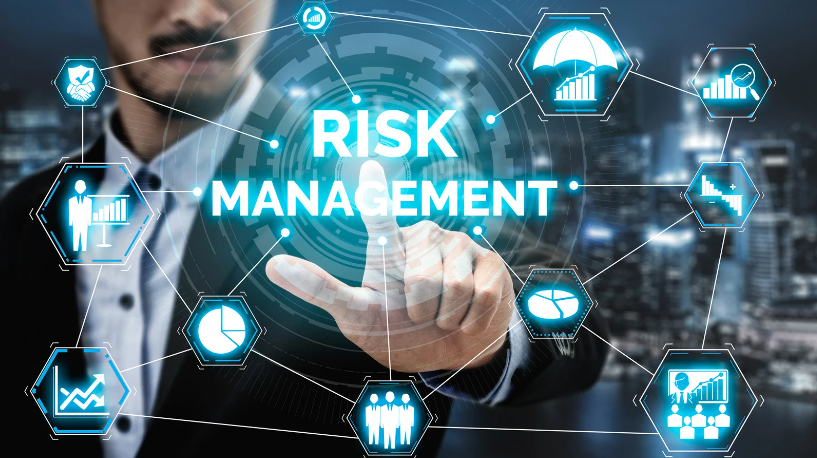Navigating the complex landscape of corporate risk management is a crucial aspect of ensuring the long-term success and sustainability of any business. As a seasoned expert in the field, I understand the critical importance of proactively identifying, assessing, and mitigating risks that could potentially impact an organization’s operations and bottom line. In today’s dynamic business environment, having a robust risk management strategy is not just a choice; it’s a necessity for staying competitive and resilient in the face of uncertainties.
Effective risk management involves a strategic approach that encompasses financial, operational, and strategic risks, among others. By staying ahead of potential threats and having contingency plans in place, companies can safeguard their assets, reputation, and overall business continuity. In this article, I’ll delve deeper into the key components of corporate risk management and provide valuable insights into best practices for minimizing risks and maximizing opportunities in the ever-evolving business landscape.
Corporate Risk Management
 Delving into the realm of corporate risk management, it becomes evident that identifying and comprehending the various types of risks prevalent in corporations is paramount. These risks span financial, operational, compliance, strategic, and reputational spheres, influencing different facets of business operations.
Delving into the realm of corporate risk management, it becomes evident that identifying and comprehending the various types of risks prevalent in corporations is paramount. These risks span financial, operational, compliance, strategic, and reputational spheres, influencing different facets of business operations.
In my exploration, I’ve encountered diverse types of risks that corporations encounter in their endeavors. From financial risks related to market fluctuations to operational risks stemming from internal processes, each presents unique challenges. Compliance risks associated with regulatory changes, strategic risks linked to business direction, and reputational risks impacting brand perception all play a pivotal role in shaping risk landscapes.
Importance of Risk Management in Business
In my assessments, I’ve come to appreciate the critical role risk management plays in ensuring the sustained success of businesses. By proactively identifying, assessing, and addressing risks, organizations can safeguard their operations, protect their assets, and enhance their resilience in dynamic environments. Effective risk management not only minimizes potential disruptions but also uncovers opportunities for growth and innovation, positioning businesses to thrive amid uncertainty.
Strategies for Effective Risk Management
Identifying Potential Risks
 When considering strategies for effective risk management, the initial step is identifying potential risks that could impact the organization. It’s essential to conduct a thorough analysis of all areas of the business to pinpoint potential risks that may arise. By identifying these risks early on, I can develop proactive measures to address and mitigate them before they escalate. This proactive approach ensures that potential threats are recognized and managed effectively.
When considering strategies for effective risk management, the initial step is identifying potential risks that could impact the organization. It’s essential to conduct a thorough analysis of all areas of the business to pinpoint potential risks that may arise. By identifying these risks early on, I can develop proactive measures to address and mitigate them before they escalate. This proactive approach ensures that potential threats are recognized and managed effectively.
Once potential risks have been identified, the next crucial step is evaluating and prioritizing them based on their potential impact and likelihood of occurrence. By assessing risks through a systematic process, I can determine their significance to the organization and prioritize them accordingly. This enables me to focus on addressing high-impact risks that could have severe consequences if not properly managed.
Implementing Risk Management Solutions
Risk Prevention Techniques
 In corporate risk management, preventing risks is a key aspect of ensuring the organization’s stability and growth. To achieve this, I focus on implementing effective risk prevention techniques. It involves proactively identifying potential risks through regular risk assessments. By conducting thorough analyses, I can uncover vulnerabilities and areas of exposure within the organization.
In corporate risk management, preventing risks is a key aspect of ensuring the organization’s stability and growth. To achieve this, I focus on implementing effective risk prevention techniques. It involves proactively identifying potential risks through regular risk assessments. By conducting thorough analyses, I can uncover vulnerabilities and areas of exposure within the organization.
One technique I use is to establish clear policies and procedures that outline risk mitigation strategies. These guidelines help in standardizing risk management practices across different departments, ensuring a cohesive approach to risk prevention. I also emphasize the importance of training employees on risk awareness and best practices to foster a risk-aware culture within the organization.
Monitoring and Risks
Monitoring and evaluating risks are integral parts of the risk management process that I prioritize. I continuously monitor key risk indicators and performance metrics to track any deviations from expected outcomes. By establishing robust monitoring mechanisms, I can promptly identify emerging risks and take corrective action before they escalate into major threats.


